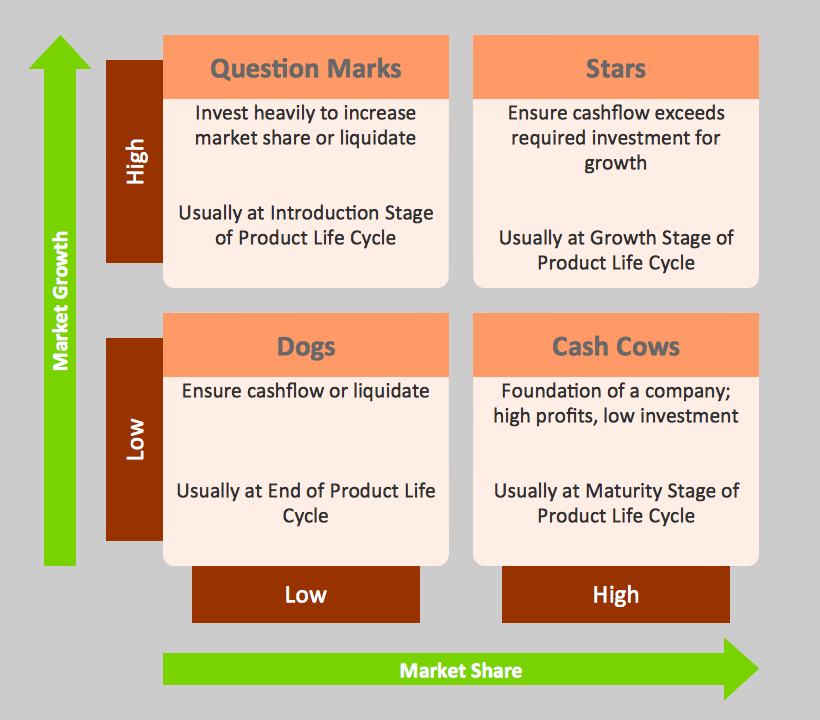Bcg Matrix Of Microsoft Company Website

Bcg Matrix Of Microsoft Company Number Boston Consulting Group (BCG) Matrix is a four celled matrix (a 2 * 2 matrix) developed by BCG, USA. It is the most renowned corporate portfolio analysis tool. Bcg Matrix Of Microsoft Company Number Boston Consulting Group (BCG) Matrix is a four celled matrix (a 2 * 2 matrix) developed by BCG, USA. It is the most renowned corporate portfolio analysis tool.
Hi Everyone, Microsoft has been in the news for a lot of different reasons lately. Whether it was the naming of the new CEO,, the release of the new Xbox, their purchase of Nokia, or, most recently, their move to put Office on the iPad, Microsoft has to make a lot of very important decisions, but how do that do that? Major decisions like the ones described in the news recently need context. Why should Microsoft buy Nokia? What do they gain? Should they go into the handset market? All of these questions depend on how the company sets up its corporate diversity strategy.
Below is my corporate diversification strategy analysis of Microsoft. Note it was written prior to the release of Office on iPad. Analysis: Microsoft is a software, services, and solutions provider based in Redmond, Washington. They are a $77 billion company with almost 100,000 employees (Microsoft, 2014). Microsoft is mostly known for its Windows operating system and Office products featuring Word, Excel, and PowerPoint. Microsoft has five major strategic business units: Windows Division, Server and Tools, Online Services Division, Microsoft Business Division, and Entertainment and Devices Division. Appendix A lists principle products for each segment.
Corporate-level activities for Microsoft include broad-based sales and marketing, product support services, human resources, legal, finance, information technology (IT), corporate development and procurement activities, research and development (R&D), costs of operating retail stores, and legal settlements and contingencies. The total cost of corporate-level activities in 2013 was $6,665 million (U.S.
Securities and Exchange Commission, 2014). While there is no public information regarding allocation of these costs, many of the activities are apparently not allocated specifically to segments (e.g. Broad-based sales and marketing, human resources, legal, costs of operating retail stores, and legal settlements and contingencies). For example, legal settlements and contingencies would arise unexpectedly and then be billed at the corporate-level. For activities like information technology and research and development, it is assumed that the segments would need to request these funds during their corporate budgeting cycle.
The general amount spent towards R&D, for example, is most likely determined prior to the start of the fiscal year by taking into account previous spending, upcoming projects, R&D emphasis changes, and available funds. From the amount allocated to each activity, there would be a process for each segment to obtain resources. In order to understand the interplay of Microsoft’s business segments, the operating incomes of all segments were plotted for the previous four years (Figure 1). Figure 1: Microsoft Business Segment’s Operating Income Based on the products described in Appendix A and the incomes from each segment in Figure 1, an understanding of where each segment belongs on Boston Consulting Group’s unrelated diversification matrix (Appendix B) can be arrived at. Reshebnik dlya rabochej tetradi po astronomii 11 klass galuzo 5.
- понедельник 08 апреля
- 81